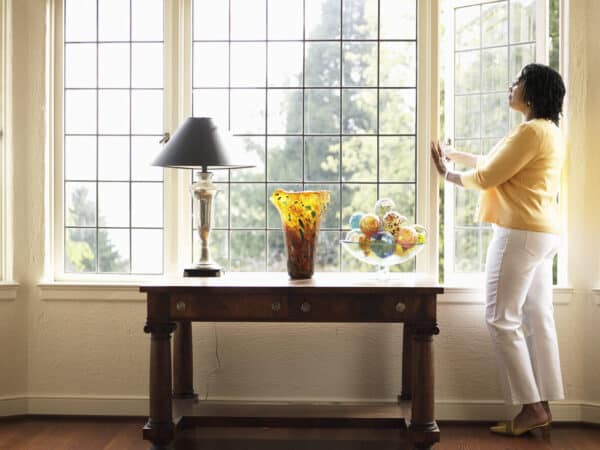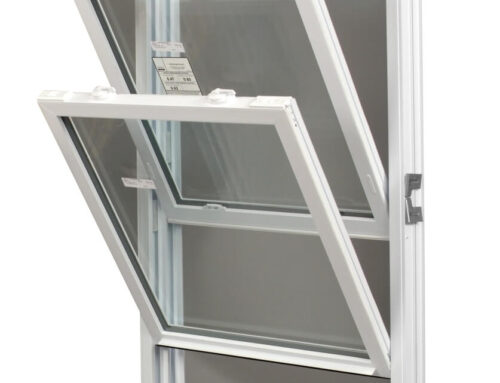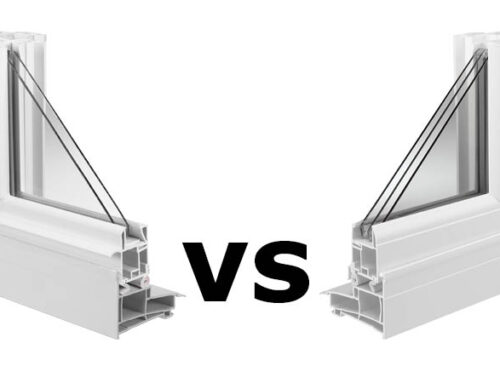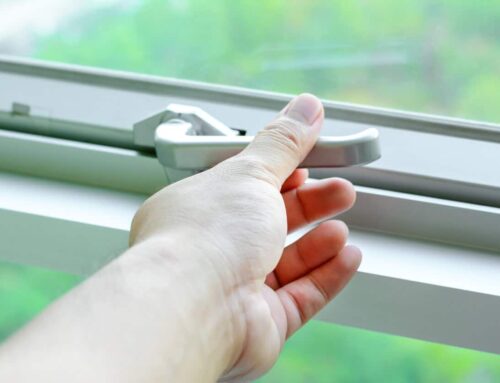
When choosing window styles for your home, you should keep ventilation in mind. When your home is sufficiently vented, you can enjoy a more comfortable and fresher interior. It can also help you save on energy costs and prevent your indoor environment from getting too humid.
Contents
Popular Window Styles for Improving Ventilation
Our local window installation experts share information about the best window styles for improving home ventilation.
Awning Windows
An awning window is hinged at the top and opens outward. You can open this type of window even when it’s raining. However, it creates a smaller opening compared to other window styles. You can get an awning window in smaller rooms in your home that don’t need that much ventilation.
Casement Windows
Casements hinge to one side and open outwards using a crank. This window style can be fully opened, exposing the entire opening of the unit. You can make the most of the ventilation from your casement windows by opening them toward the wind. This will allow the windows to capture the air as it moves along your home’s exterior.
Double-Hung Windows
Double-hung windows open vertically and don’t protrude outside. Some types of double-hung windows will allow you to partially open the top and bottom sashes for improved air circulation. This operation will let warm air escape through the upper sash and cool air enter through the bottom.
Sliding Windows
Sliding windows have sashes that glide over a fixed sash. The sliding window style is ideal for homes with limited indoor and outdoor opening space. They are also great windows for walkways and patios as they will not create obstructions but still contribute to your home’s ventilation. However, you can only open half of the window.
Improving Ventilation With Windows
Window ventilation is one of the simplest and most effective ways to bring fresh air into a home. A single window can provide ventilation in warm weather conditions. However, it is important to use multiple windows strategically placed throughout a house to generate adequate ventilation. This allows air to enter through one window and exit from another at higher levels.
Passive Ventilation
Passive ventilation uses various openings like windows, doors, and vents to bring fresh air into your home. Moreover, it takes the size and placement of these openings into account so that air can be properly guided into and through your home.
According to experts, passive ventilation works best if there are clear, uninterrupted pathways through which air can flow. And to maximize the airflow in your home, it is ideal for designing open-plan areas or having high vents between rooms. Also, open and close your replacement windows from time to time to reduce the temperature and improve indoor air quality.
Tips for Better Home Ventilation
Take note of the following tips to ensure that your windows are going to be effective in providing passive ventilation:
- Ensure that the openable windows are well distributed on each side of your home so that you can make the most out of the microclimate breezes.
- Ventilate your home for at least 15 minutes at least five times a week.
- Open windows on your home’s south and east sides for some cool breeze early in the day.
- Open the windows on your home’s north and west sides to keep the air moving.
- Note that various types of windows can be used differently for passive ventilation. For example, side-opening windows are generally better at catching breezes and pulling them into your home than awnings.
Install New Windows for Better Ventilation
Woodbridge Home Solutions is one of the most trusted window installers in the area. We take pride in our customer service and superb workmanship, which can give you peace of mind over your home improvement project. Call today or fill out our contact form to schedule an appointment.







